Audi special report: One crossdock, many brands
The Volkswagen Group’s European transport network is well engineered, however there is ambition for even deeper freight consolidation within it. After synchronising in-plant processes, the next stage in the NLK is to use crossdocks based close to supplier locations, which then feed multiple group plants in high frequency, full truckloads.

Audi special report: Vorsprung durch Logistik
-
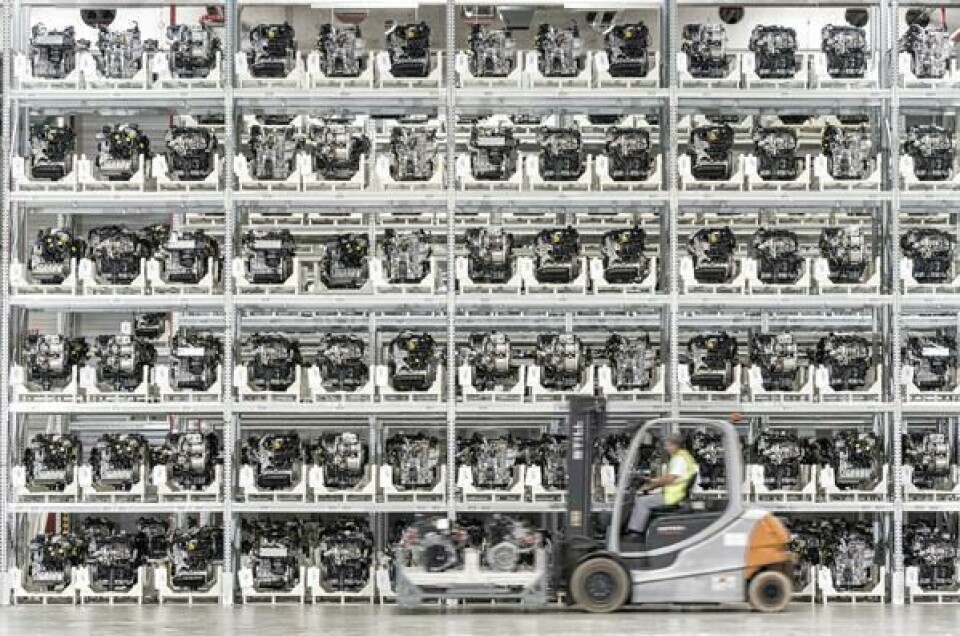
Audi special report: Vorsprung durch Logistik
-
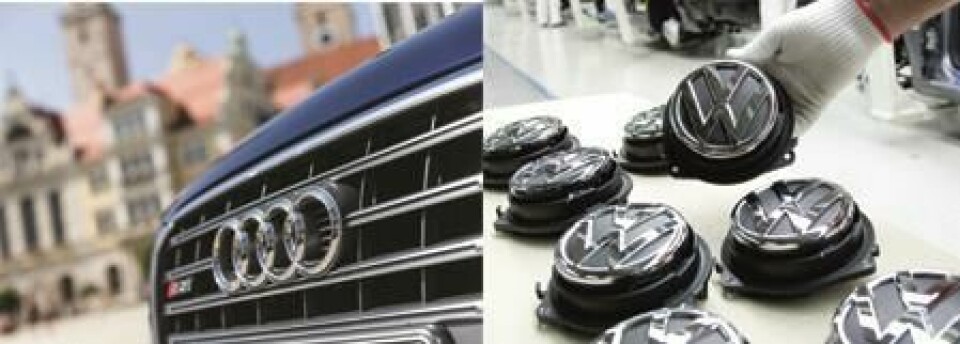
Audi special report: Managing from the centre and the periphery
-
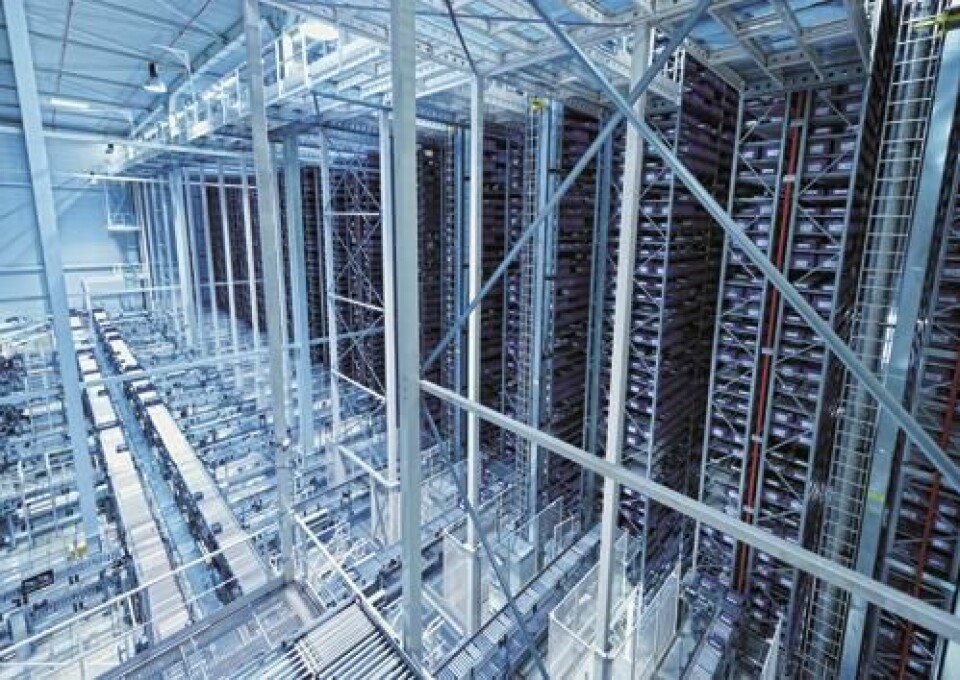
Audi special report: Strong at the core
-
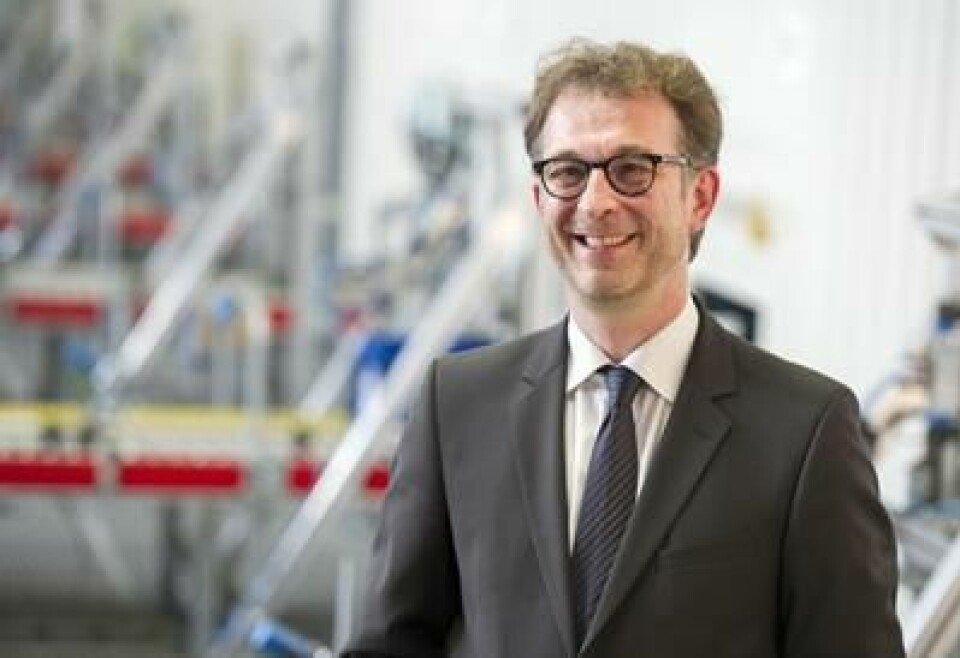
Audi special report: A fast, flexible network
-
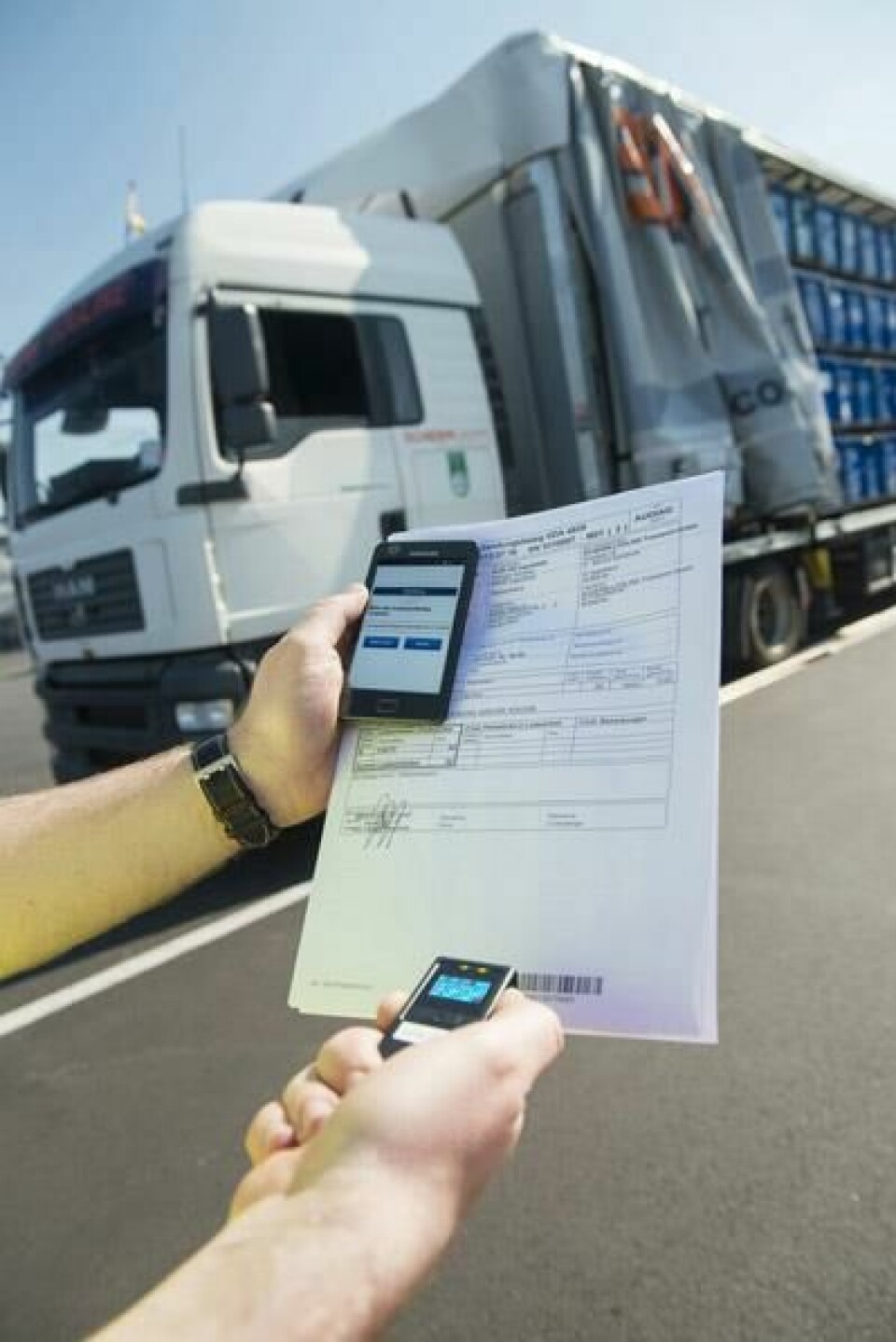
Audi special report: A question of complexity and convergence
-

Audi special report: One crossdock, many brands
-
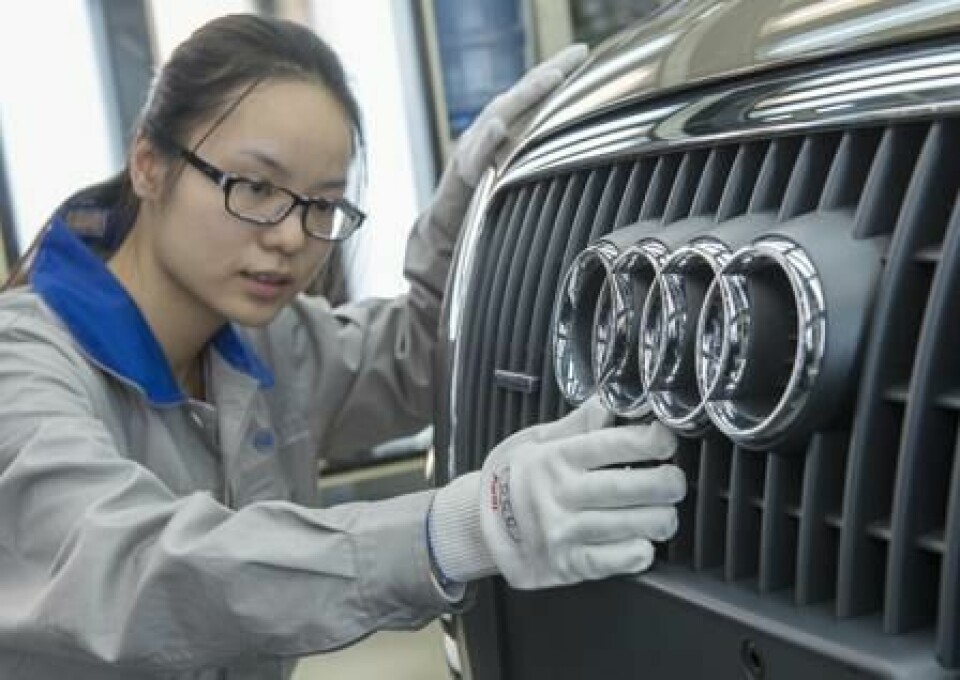
Audi special reports: A global outlook
-
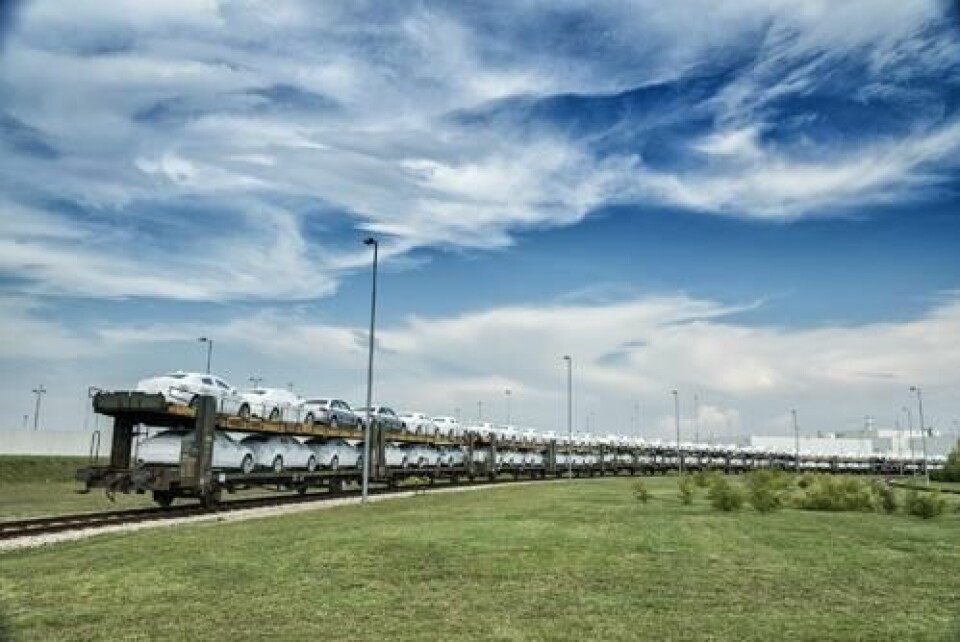
Audi special report: Outbound delivery accuracy
-

Audi special reports conclusion: Experts at managing change
The group has been trialling the concept and today, the most important crossdock is in Bratislava, Slovakia, close to a group plant. It is not the only crossdock used by the group, but Dieter Braun says it is the first that truly follows the NLK principles of being based close to the supply base and feeding multiple brands. Bratislava collects material by milkrun from local suppliers in Slovakia, the Czech Republic and Hungary, then dispatches to many plants including Ingolstadt, Neckarsulm and Wolfsburg.
An Audi crossdock close to Neckarsulm, on the other hand, consolidates suppliers from across Germany and dispatches trucks to several plants in southern Europe. “But that is not an NLK concept, because it is not in close proximity to the suppliers and it does not supply across the group,” says Dieter Braun, head of production control and plant logistics at Audi’s Neckarsulm plant.
While not yet functioning to full potential, the concept holds that Volkswagen’s collective scale provides the volume and frequency to match brands’ varied production needs. That means, for example, that the crossdock could deliver more material in the small packages that suit Audi production than the brand could manage on its own. “It is not an operational problem to bring in many trucks with small boxes from Neckarsulm’s 1,200 suppliers in a higher frequency,” says Braun. “It’s just that we can’t afford it. But if we use the possibilities of the group, we can increase full truckloads of these shipments.”
Johannes Marschall, head of plant logistics at the Ingolstadt plant, points out that more frequent deliveries of some parts could also lower inventory costs. “With these crossdocks, Ingolstadt may be able to get shipments everyday that include suppliers we might have only received once a week before,” he says. “I can lower my stock on a cost-effective basis.”
Like any concept, there are questions that challenge it. One is how the group should manage such facilities across different entities, especially since today the larger plants control much of their inbound deliveries. “We need to combine the volume from Wolfsburg, Ingolstadt and Neckarsulm to make such consolidation centres effective,” says Marschall, “but if each plant only optimises itself, it won’t work at a group level.”
Audi’s head of brand logistics, Michael Hauf says there must be clear processes over freight responsibility and priority. If the Wolfsburg plant were to cancel a delivery because the truck wasn’t full enough, but there were also Ingolstadt suppliers in the same vehicle, production may be at risk.
Audi’s logistics team has made a big effort in supporting the Bratislava crossdock, in part because the brand has considerable operational experience at its packing and logistics centres. However, Hauf suggests that tighter control may eventually pass to the group logistics function in Wolfsburg, with its ability to view across different production requirements and scheduling differences. The tricky part is to find a balance between operational expertise and corporate management.
“You must find a way to handle group issues with the support of the plants, because that is where the know-how is,” says Hauf.
While there are still processes and systems to iron out, Hauf and his team are ambitious for the concept’s future, and say there will soon also be such crossdocks in Germany, Italy and Spain. “I hope that within the next two years, we will take big steps forward,” says Braun. “If we want to gain performance wins, we need to take big steps.”





